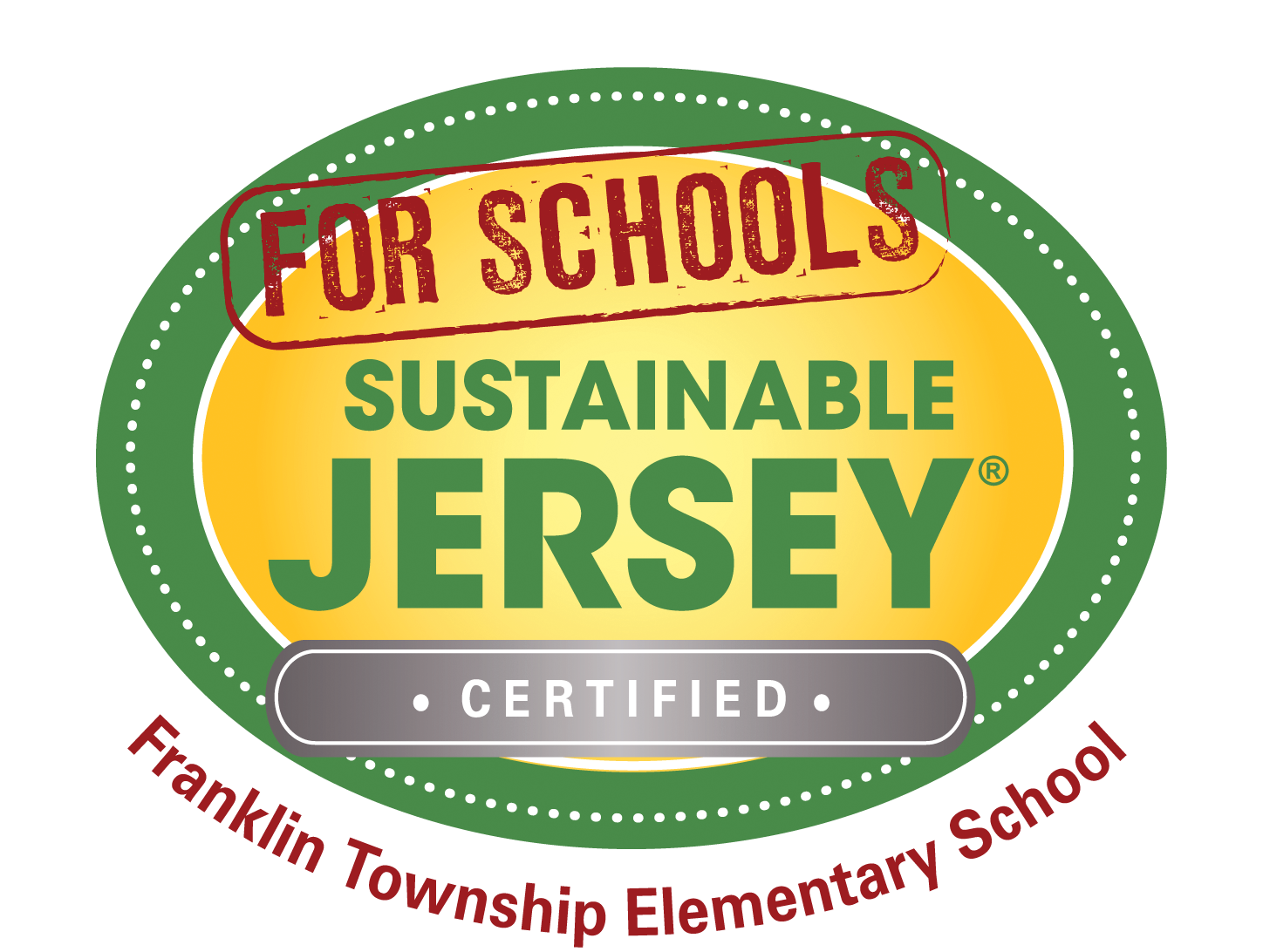| S.T.E.A.M. and Computers | |||||||||
| |||||||||
Welcome to Computers-STEAM Class!
Ms. Alexander
ealexander@ftschool.org

Welcome to STEAM and Technology!
My name is Ms. Alexander and I look foward to working with all students at FTS. The STEAM and technology classes are designed to introduce and reinforce a variety of computer programs and concepts while integrating subjects such as Language Arts, Math, History, Science, and the Visual & Performing Arts!
This curriculum not only covers a wide range of STEAM (Science, Technology, Engineering, Arts, and Mathematics) subjects but also fosters interdisciplinary connections, hands-on learning, and creativity. It provides a holistic approach to education that prepares students for real-world challenges and encourages innovation and critical thinking.
Units of Study:
-
Dragster Design: Students learn about engineering principles, aerodynamics, and material science as they design and build dragsters, applying concepts of speed, friction, and energy transfer.
-
Newton's Laws: Exploring the fundamental laws of motion laid out by Sir Isaac Newton, students understand concepts such as inertia, force, acceleration, and action-reaction pairs, which are essential for designing effective dragsters and understanding their performance.
-
Electric Vehicle Cars: Introducing students to sustainable transportation technologies, they learn about electric vehicles, their components, and their environmental impact. This could include designing and building simple electric cars or exploring the technology behind existing electric vehicles.
-
Stop Motion Studio: Fostering creativity and storytelling skills, students delve into the world of animation through stop motion, learning techniques for frame-by-frame animation and storytelling.
-
Computer Programming: Students engage in coding exercises, starting from basic concepts and progressing to more complex algorithms. This could include languages like Scratch for beginners and Python for more advanced projects.
-
Creating Art by Coding Robots: Combining art and technology, students learn to program robots to create visual artwork, exploring concepts of geometry, patterns, and creativity through code.
-
Learning to Program with Robots: Utilizing programmable robots, students apply their coding skills to solve real-world challenges, such as navigating mazes or completing tasks.
-
Computer Programming with Hardware (e.g., Microbits): Integrating hardware into programming projects, students learn to interface with devices like Microbits, exploring sensors, input/output, and physical computing.
-
Learning about Circuits: Understanding the principles of electricity and circuitry, students explore circuit components, circuit design, and electrical safety.
-
Learning about Clean Water and Creating Water Filters: Connecting technology with environmental science, students study water filtration systems, water quality, and the importance of clean water access, culminating in designing and testing their water filters.
-
Bridge Design: Applying engineering principles, students design and build bridges, learning about structural stability, load distribution, and materials science.
-
Science Curriculum Integration: Integrating with the broader science curriculum, students apply their knowledge to create practical solutions like light catchers (understanding the importance of light in plant growth), seed spreaders (for environmental conservation), and volcanoes (for geological studies).
-
Learning about Spreadsheets: Developing data management and analysis skills, students learn to use spreadsheet software for organizing data, performing calculations, and creating visualizations.
-
Slideshow: Developing presentation skills, students learn to create engaging and informative slideshows to communicate their findings and projects effectively.
-
Buoyancy: Exploring the principles of buoyancy and fluid mechanics, students investigate why objects float or sink in water, applying these concepts to design and test floating devices.
On the left side of this page, there are educational links and interactive games that you can utilize in school or at home. Feel free to explore!







